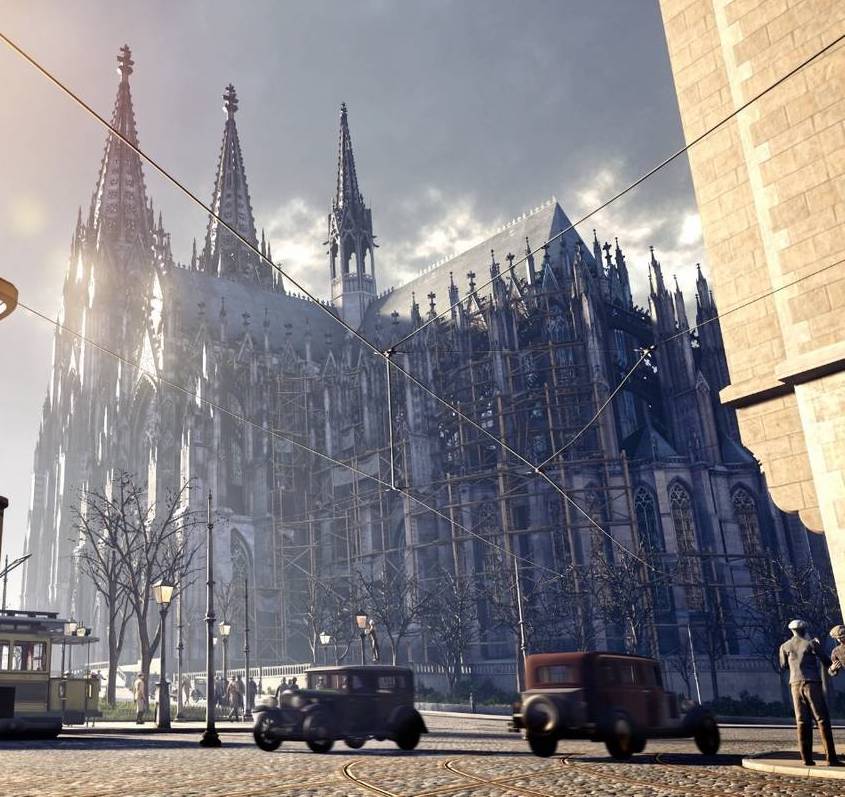Master Thesis – Augmented Reality in cultural heritage: Development of a multi-user mixed reality experience
Can immersive technologies such as augmented reality and mixed reality transform the classic museum visit into an interactive, novel experience and thus increase enthusiasm for museums and cultural exhibitions?
The aim of the master thesis was to develop a multi-user augmented reality application that narrates the history of Cologne Cathedral through gamification elements and collaborative interactions.
Two key research questions were answered: How to create a MR application for usage in museums and exhibitions with providing a good user experience? Second: How can a MR application enable high usability for a broad audience?
It is crucial to find an equilibrium between entertainment and historical teaching, as well as between interactivity and usability.
The results of the study show that transforming certain museum content into a collaborative, immersive, and social experience can increase enthusiasm for museum visits. Maximizing the usability of the application is critical to success. This is determined in many parts by the application itself, but is currently still primarily subject to the hardware limitations of AR HMDs. There is clear user enthusiasm for immersive, novel technologies and their use in museums, which should be used as a catalyst for disrupting the traditional museum experience.
For the project we built a multiplayer application in Unity for the Microsoft HoloLens 2, using Azure Spatial Anchors for co-located mixed reality. An usability and user experience study was conducted to determine the most important features of a multi-user mixed reality application for cultural heritage. By implementing hand tracking, users were able to experience the building of cologne cathedral and its history.

